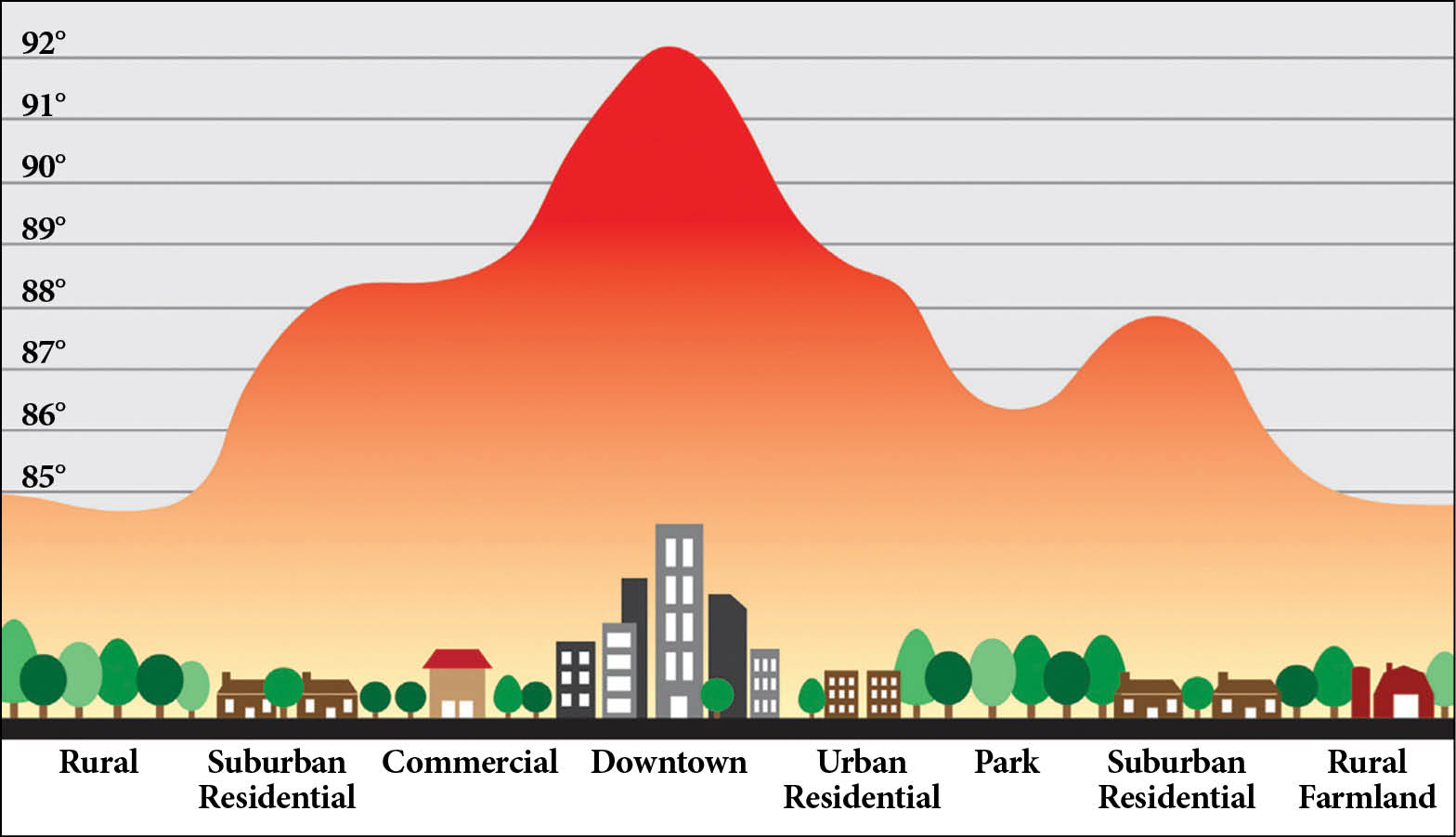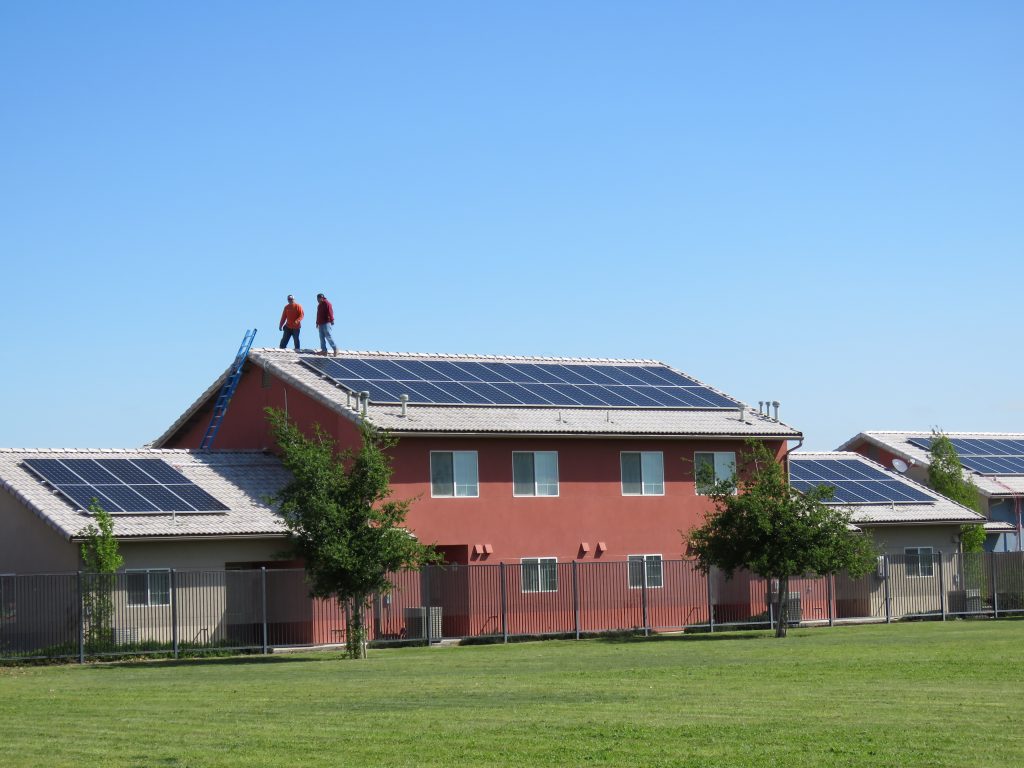Climate Change is Heating Up Our Communities
With greenhouse-gas induced warming temperatures, heatwaves are expected to become more common. The number and duration of heat waves will also increase and, again, high temperature records will be broken more frequently.
Robert Weisenmiller, Chair of the California Energy Commission
The urban heat island effect
Local solutions to beat the heat
Cool roofs and pavement
Urban Greening
Energy-efficient resilient homes
Self-Help Enterprises upgraded five properties across the Central Valley with improvements that included solar panels and a variety of energy-saving measures funded by the Low-Income Weatherization Program (LIWP). Altogether, the improvements will cut these homes’ electricity consumption by 43%.
Turning up the heat on cooling down our communities
These actions will not only help residents withstand extreme-heat days but also have a wide range of community benefits ranging from reduced energy bills and air pollution to improved mental health and increased home values.
Resources
- California Heat and Health Project A Decision Support Tool. Four Twenty Seven http://427mt.com/wp-content/
uploads/2017/01/427_CA_ HeatHealth_DecisionTool_ UserNeedsAssessment-1.pdf - Urban Heat Island Index for California: This interactive map shows urban heat islands in California, as measured by the Urban Heat Island Index, and can help local leaders prioritize investments: https://calepa.ca.gov/climate/
urban-heat-island-index-for- california/ - Safeguarding California Public Health Chapter: http://resources.ca.gov/docs/
climate/safeguarding/ update2018/safeguarding- california-plan-2018-update. pdf - CalBRACE: Preparing for Climate Change in California – A Public Health Approach. CDC has developed a five-step BRACE framework that enables health departments to incorporate the best available climate projections and epidemiology analysis into a traditional preparedness planning process. This approach supports the development and implementation of a unified climate and health adaptation strategy for a jurisdiction, while allowing flexibility for local and regional conditions and needs. The steps can be addressed in a sequence that best aligns with local priorities, opportunities and resources: https://www.cdph.
ca.gov/Programs/OHE/Pages/ CalBRACE.aspx - Low-Income Weatherization Program (LIWP) helps low-income property owners and residents of either single or multi-unit buildings to update their buildings to save energy and lower utility costs: https://
camultifamilyenergyefficiency. org/
Local Government Commission Newsletters
Livable Places Update
CURRENTS Newsletter
CivicSpark™ Newsletter
LGC Newsletters
Keep up to date with LGC’s newsletters!
Livable Places Update – April
April’s article: Microtransit: Right-Sizing Transportation to Improve Community Mobility
Currents: Spring 2019
Currents provides readers with current information on energy issues affecting local governments in California.
CivicSpark Newsletter – March
This monthly CivicSpark newsletter features updates on CivicSpark projects and highlights.








